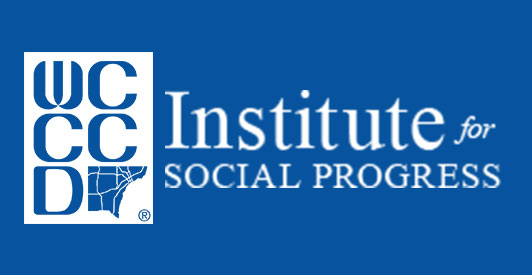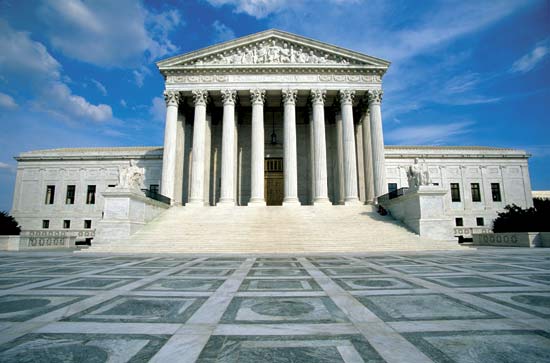Why Diversity Matters: An introduction to the science on diversity
Posted On March 16, 2016

When the Supreme Court announced last year that it would re-hear Fisher v. University of Texas, many understood this to mean that the end of affirmative action in higher education was near. After all, when the Supreme Court remanded Fisher to the Fifth Circuit Court in 2013, it did so with increasingly skeptical language on the use of race in college admissions. While we can do nothing but speculate on the outcome of Fisher at this point, it is worthwhile to reflect on another extremely meaningful outcome of the initial and subsequent re-hearing of this case, namely the birth of a new and growing field of study called “the science on diversity.”

Photo courtesy of: Britannica.com
As the name implies, the science on diversity aims to bring insights from the social, political, and cognitive sciences to bear in order to demonstrate the value of racial diversity, both quantitatively (e.g. increased test scores) and qualitatively (e.g. better problem-solving capabilities). The critical work in the field of the science on diversity can be directly related to the thesis of Justice O’Connor’s majority opinion in Grutter v. Bollinger, that there is in fact a “compelling state interest” in promoting diversity in higher education.
So, what can the science on diversity tell us about diversity in education? Prominent findings include:
- Diversity improves critical thinking and problem-solving of, and promotes enhanced learning outcomes for, all students by introducing new ideas in the classroom and limiting implicit bias.
- Diversity increases intercultural and cross-racial knowledge, understanding, and empathy.
- Diversity improves students’ leadership skills, psychological well-being, intellectual engagement and intercultural effectiveness, preparing them for employment in the global economy.
- Diversity increases “democratic outcomes,” including engagement in political issues and participation in democratic processes.
Indeed, in an amicus brief submitted to the Supreme Court in November 2015 by MIT and 12 other private institutions, the colleges avowed,
“[A] diverse student body adds significantly to the rigor and depth of students’ educational experience. Diversity encourages students to question their own assumptions, to test received truths, and to appreciate the complexity of the modern world. This larger understanding prepares graduates to be active and engaged citizens wrestling with the pressing challenges of the day, to pursue innovation in every field of discovery, and to expand humanity’s learning and accomplishments.”
Does student body diversity, then, constitute a “compelling state interest” in the case of Fisher, as is required by Grutter?
While we await a final decision on the matter, it is worth noting that the science on diversity has built a broad and deep body of knowledge around the positive benefits of diversity in education, with important implications beyond higher education. Case in point: to boost educational outcomes and better prepare students for the next steps in life, school leaders and administrators in K-12 systems across America should aim at increasing classroom diversity. This data-driven proposition represents a radical shift from traditional educational pedagogy, which, in the past, has urged in-class, curriculum-based changes to boost educational outcomes and prepare students for success.

